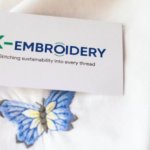How to Starting a Childrenswear Retailer Business for Beginners
The children’s clothing industry is doing really well these days. A recent report by Research And Markets says that by 2030, the global market for children’s wear could be worth around $343.6 billion, growing at a rate of 4.9% each year. Parents are always on the lookout for fashionable and cool clothes for their kids. Therefore, starting a childrenswear retailer business is considered a smart idea.
But before you start your business, it’s important to know how much money you’ll need to get things going smoothly.
This article will carefully analyze the costs you will need to run a smocking children’s clothing business, so the article will be very long, and it is not suitable for anyone who is not serious about starting a business in this competitive industry.
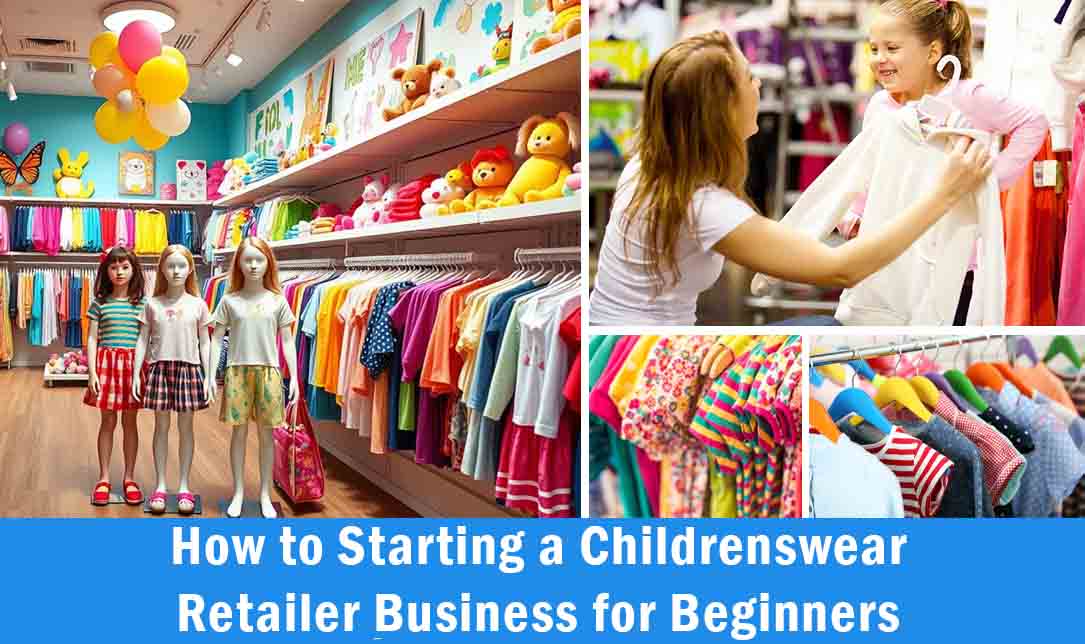
1. All startup costs to starting a childrenswear retailer business
Before you open a store that sells kids’ clothes, it’s important to figure out how much money you’ll need to get started. The amount can change based on things like where your store is, how big it is, and how much inventory you’ll have. You’ll also need to think about how much money you’ll spend on advertising and promoting your store.
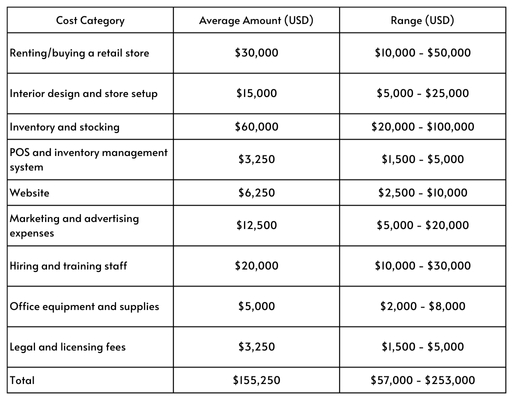
1.1. Renting/buying a retail store
Buying a retail space can be a more significant investment, but it can also provide long-term benefits. The National Association of Realtors says the average cost to buy commercial real estate in the US is about $200 per square foot. However, buying may not be suitable for startups with little capital, so future store owners should consider carefully.
Another factor to consider is the location of the retail space. Prime locations, such as high traffic areas or popular shopping malls, can increase the cost of renting or buying. For example, retail space on New York City’s Fifth Avenue can cost up to $3,000 per square foot per year, according to Forbes.
In addition to the cost of renting or buying, there may be additional costs such as deposits, estate agent fees and legal fees. It is important to have a clear understanding of all the costs involved before deciding to open a retail establishment.
- Example 1: Renting a 1,200 square foot retail space in a suburban shopping center with moderate foot traffic can cost about $24,000 per year.
- Example 2: Purchasing an 800-square-foot retail space in a high-traffic downtown area could cost about $200,000 a year.
It is important to note that although Example 1 may have lower costs, it doesn’t mean that Example 1 is as profitable as Example 2.
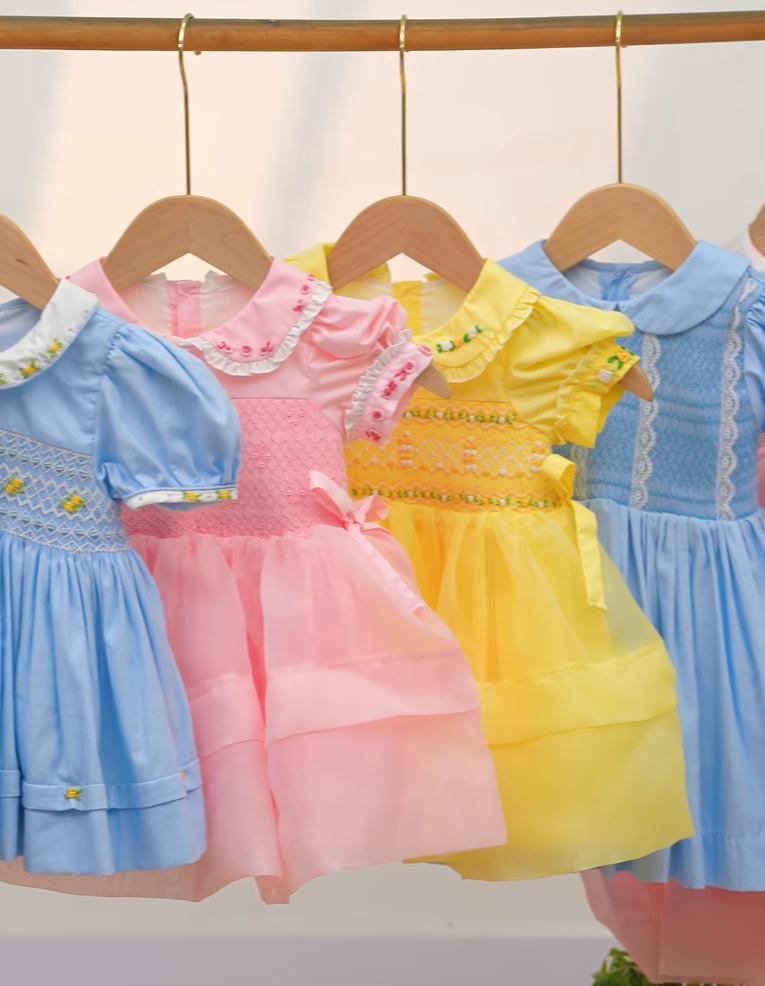
Read More: Is Kids Clothing Business Profitable? Pros and Cons
1.2. Interior design and store setup
Of course, creating an appealing store space is important when opening a children’s clothing store as it attracts babies’ attention. Industry experts say that the cost of setting up a physical store in the US can range from $100,000 to $500,000, depending on the store’s size, location, and complexity. This includes expenses like rent, licenses, inventory, equipment, utilities, insurance, and salaries.
1.2.1. Interior design
Interior design costs are about making the store look nice and attractive to customers. The price for interior design services can vary depending on the project’s size and complexity, ranging from $5,000 to $50,000 or more.
This includes fees for consultations, design plans, furniture, fixtures, lighting, signs, flooring, and wall decorations. Some stores may also spend money on themed decorations or interactive displays to make the shopping experience better.
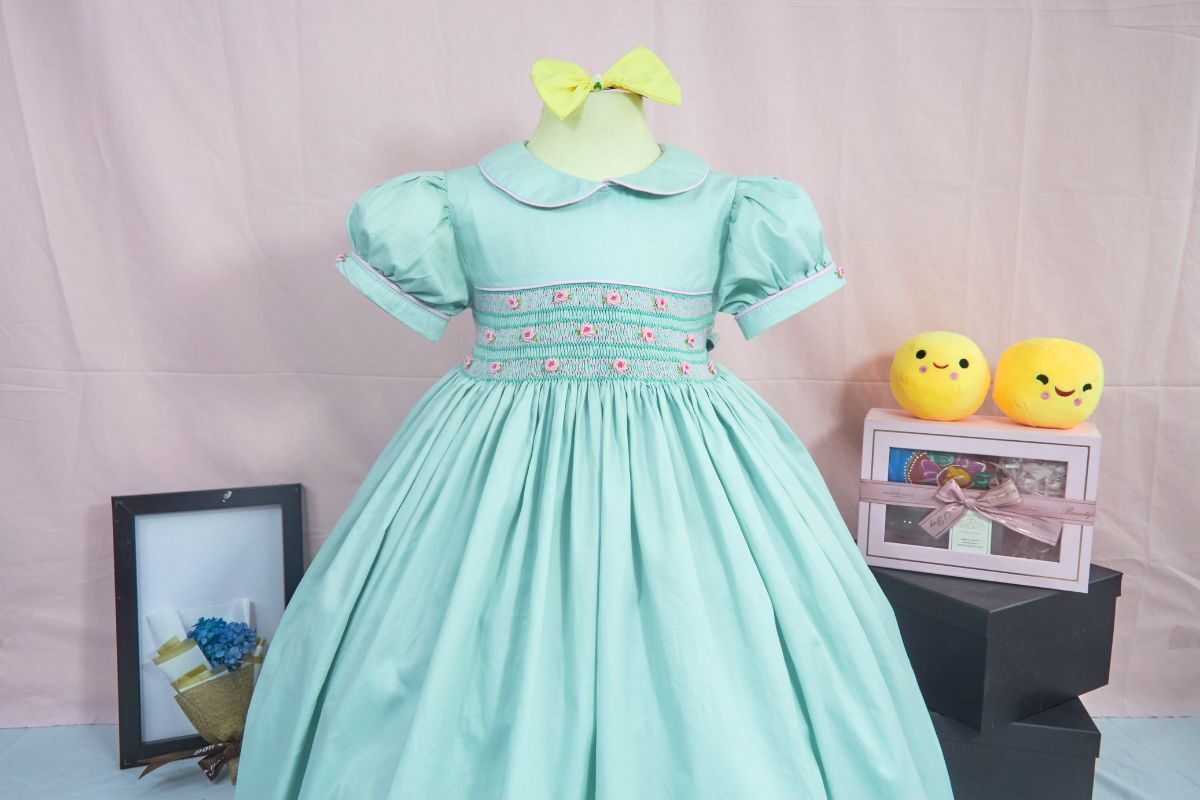
1.2.2. Store setup
Store setup costs refer to the expenses of arranging the store’s layout and functionality. This includes fixtures, store equipment, and technology like cash registers, security systems, and audio-visual equipment. Setting up a store usually costs between $10,000 and $50,000, depending on the store’s size and complexity.
Installation and labor costs come into play when setting up the store’s infrastructure, fixtures, and equipment. This includes fees for installation, construction, electrical work, and plumbing. Costs can vary based on location, complexity, and store regulations, ranging from $5,000 to $30,000 or more. It’s important to consider these costs early on to avoid unexpected expenses and delays.
1.3. Inventory and Stock Children’s Clothing and Accessories
When starting a children’s clothing store, it’s important to think about the clothes and accessories you’ll have in stock. Recent statistics show that the average start-up cost for a retail store ranges from $50,000 to $250,000. And about 30% – 40% of that amount is used to buy clothes and accessories for storage.
To manage inventory costs effectively, it is important to do thorough research on the latest fashion trends and what customers like. Buying from wholesalers and manufacturers can save you money when buying in bulk, but it’s important to find a balance between quality and price.
Additionally, having a good inventory management system is also important. This system will help you keep track of what’s in stock, monitor sales trends, and evaluate how well your marketing strategies are working. It can help you avoid running out of stock or having too much inventory, both of which can be costly mistakes.
Tips for inventory and stockpiling include:
- Buy high-quality and affordable clothing and accessories from reputable manufacturers, perhaps considering countries with cheap wholesale prices such as Vietnam, China and India.
- Maintain up-to-date inventory and stock only best-selling items.
- Offer different styles, colors, and designs to provide a variety of options.
- Plan to regularly check inventory and evaluate the performance of each product category.
- Offer discounts and promotions on slow-moving products to avoid overstocking.

Read More: What is The Embroidery Business Profit Margin in The United States?
1.4. POS system for kids clothing and inventory management system
Properly managing your inventory is really important for running a successful kids clothing store. It means keeping track of what you have in stock, ordering more when you need to, and making sure you’re not spending too much on inventory.
There are different types of systems that can help you manage your inventory. A basic Point of Sale (POS) system, which includes inventory management features, can cost between $1,200 and $2,500. If you want more advanced features, like real-time data tracking and forecasting, you might need to spend up to $6,500. According to recent surveys, small businesses typically spend around $1,500 to $5,000 per year on inventory management software, depending on how big and complex their operations are.
For small businesses, it’s also a good idea to think about how easy the system is to use, if you can customize it to fit your store’s needs, and how much it costs.
Here are some options for POS (Point of Sale) systems and inventory management software, along with their features and pricing:
- Clover POS: They have different plans available, both basic and advanced. The costs range from $1,200 to $6,500. They also offer hardware packages starting at $69 per month.
- Square POS: They have a free plan available, along with affordable options for hardware and additional software features.
- TradeGecko: They offer inventory management software starting at $39 per month. They have advanced features like predicting demand, managing the supply chain, and automation.
- Shopify POS: They offer various pricing plans, and their hardware starts at $29 per month. They also provide inventory management features and an easy-to-use interface.
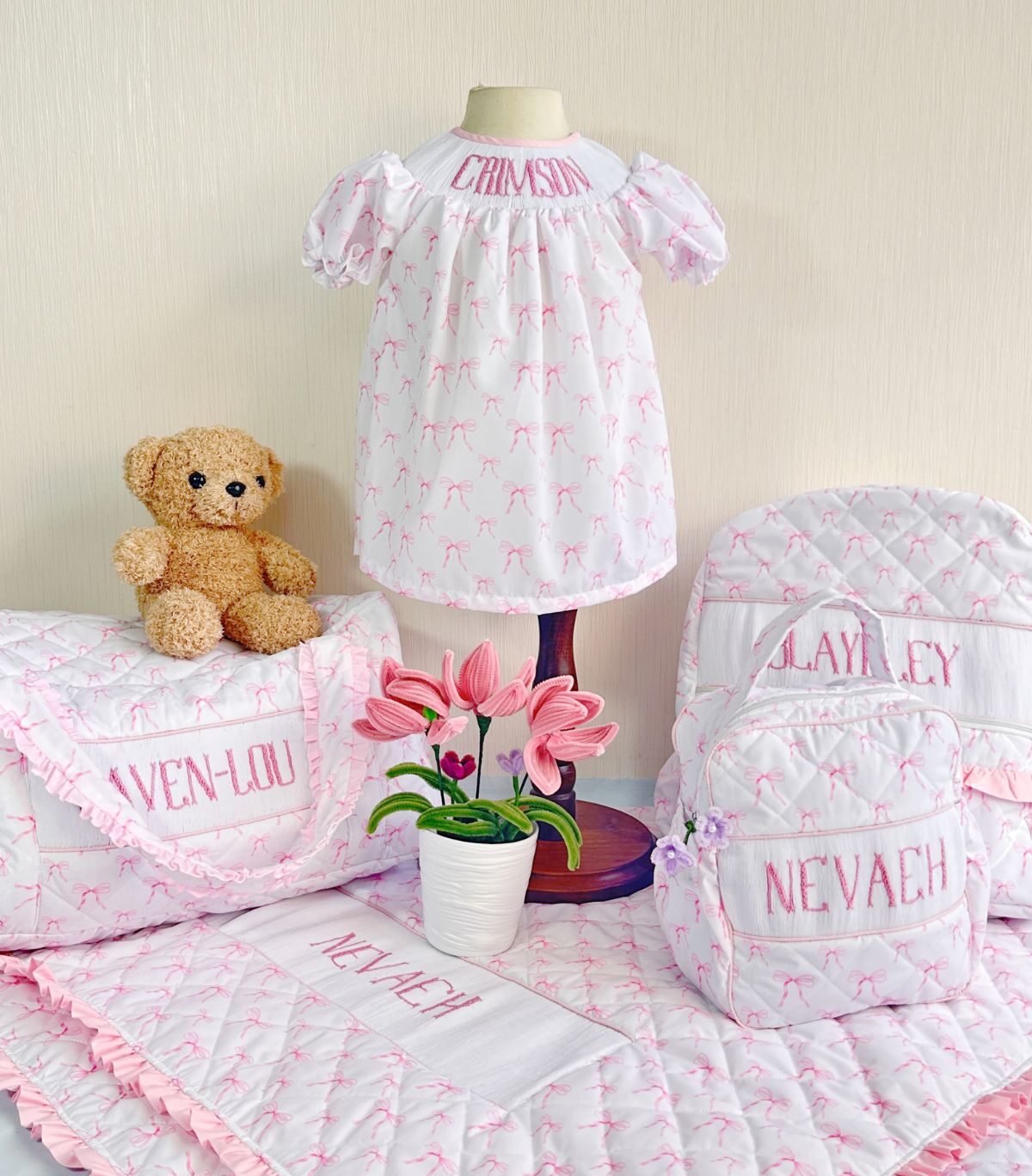
1.5. Website
Creating a website for your business can help you reach more customers, make people aware of your brand, and increase your sales. But it does come with a price. Recent statistics show that building a website for a small business can cost around $2,000 to $10,000 on average. And maintaining the website can cost anywhere from $50 to $1,000 per month.
Here is a table of some additional costs when creating a website for your store:
| Website development costs | Depends on how complex you want the design to be, what features you want to include, how many pages you need, the type of hosting you choose, and the level of customization you want. |
|
| Hosting costs | For people to access your website, you need to host it on a server. Hosting costs depend on the type of hosting you choose. |
|
| Maintenance costs | After launching your website, you need to maintain it regularly to make sure it runs smoothly and stays up-to-date. This includes updating the content, fixing bugs and errors, optimizing it for search engines, and implementing security measures. | The cost of maintenance can range from $50 to $1000 a month, depending on the complexity of your website and the level of support you need. |
| Online marketing costs | Includes search engine optimization (SEO), pay-per-click (PPC) advertising, social media marketing, email marketing, and content marketing. | Online marketing costs can vary greatly depending on what you choose to do. It could be a few hundred dollars per month or even thousands of dollars. |
Here are some examples of successful children’s clothing stores that have done well online:
- Crazy 8: They have an easy-to-use website and showcase trendy and affordable clothes. They have beautiful product images and customer reviews. They also offer free shipping and easy returns to ensure their customers are satisfied.
- Gymboree: Their website is very professional and user-friendly. It’s easy to find what you’re looking for with clear categories and filters. They use images and videos to showcase their products and make shopping easy.
- Janie and Jack: They have a stylish and sophisticated website that matches their brand. They have great pictures and detailed descriptions of their products. They also tell stories to connect with customers and make them feel something.
1.6. Marketing and advertising expenses
Marketing and advertising are vital for a kids clothing store’s success. According to the Small Business Administration (SBA), businesses that make less than $5 million should spend about 7-8% of their revenue on marketing and advertising.
The cost of advertising on social media depends on which platform you use and who you want to reach
- Facebook ads average $0.50-$2.00 per click, Instagram ads cost $0.70-$1.00 per click, and running ads on both platforms can cost $2000-$4000 monthly.
- Google Advertising charges $1-$2 per click.
- Hosting events may cost $500-$5000, while flyers and direct mail cost $0.30-$0.80 each.
- Radio ads range from $300 to $5000 per week.
- Content marketing, priced at $3000-$10,000 monthly, is another effective strategy.

Read More: Top 10+ Best Bulk Wholesale Kids Clothing Suppliers
1.7. Hiring and training staff
One of the most critical aspects of any business is attracting the right talent and providing adequate training to ensure that they can provide top-notch customer service. As a store owner, you will need to hire a team of professionals, including sales associates, cashiers, visual merchandisers, stock associates, and management personnel, depending on the size of your store and the volume of traffic you expect.
- Hourly wages: The average hourly wage for retail sales associates in the US is around $13.91.
- Employee benefits: Benefits account for an average of 30.2% of an employee’s total compensation package in the retail industry.
- Training costs: Training costs can range from $500 to $5000 per employee per year.
By investing in your team, you can build a strong, customer-centric culture that will drive sales and help your business grow.
1.8. Office equipment and supplies
Buying office equipment and supplies is an important part of starting a kids clothing store. You’ll need things like computers, printers, phones, and furniture. The cost can vary depending on the store’s size, but it’s usually between $5000 and $15,000.
- A high-end desktop computer with a printer and scanner can cost around $1500 to $2000.A cheaper option is a laptop, which costs about $1000 to $1500.
- You’ll also need software programs like accounting software and Microsoft Office Suite, which can cost up to $500.
- For a small store, a new phone system can cost between $300 and $500. If you’ll be doing customer service over the phone, you might need a headset, which can cost $50 to $200.
- A comfortable chair can cost $100 to $500, and a good desk can cost between $100 and $300.
- Filing cabinet costs range from $100 to $500.
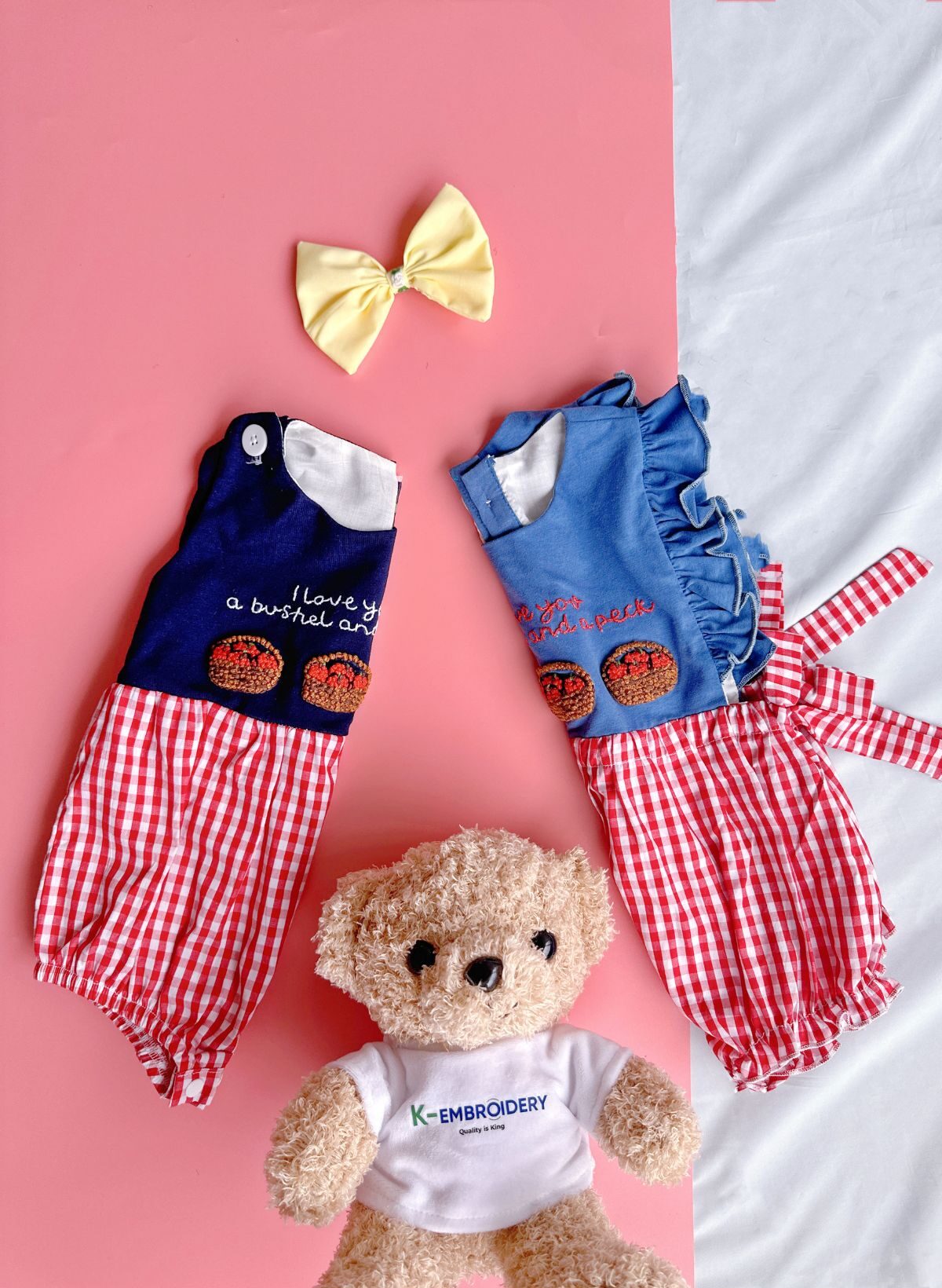
1.9. Legal and licensing fees
When you start a kids clothing store, there are legal and licensing requirements you need to meet, and they come with some costs. The exact amount you’ll have to pay depends on where your store is located, the type of business you have, and the permits and licenses you need.
On average, in the US, starting a kids clothing store can cost between $1,500 and $5,000 or more for legal and licensing fees.
- The first thing you need to do is register your business and get an employer identification number (EIN) from the IRS. This usually costs around $50 to $500.
- Next, you’ll need to get the right permits and licenses to legally operate in your state and city. These can include a sales tax permit, a general business license, zoning permit, building permit, and fire safety inspection. The cost for these permits and licenses typically ranges from $500 to $2,500.
- You may also need to pay legal fees for drafting and reviewing contracts, leases, and other important documents. This can add up to around $500 to $3,000.
To save on these costs, it’s a good idea to research the specific requirements in your area and seek advice from a business attorney or consultant. Some states also offer free or low-cost business counseling services to help you with the legal and licensing process.
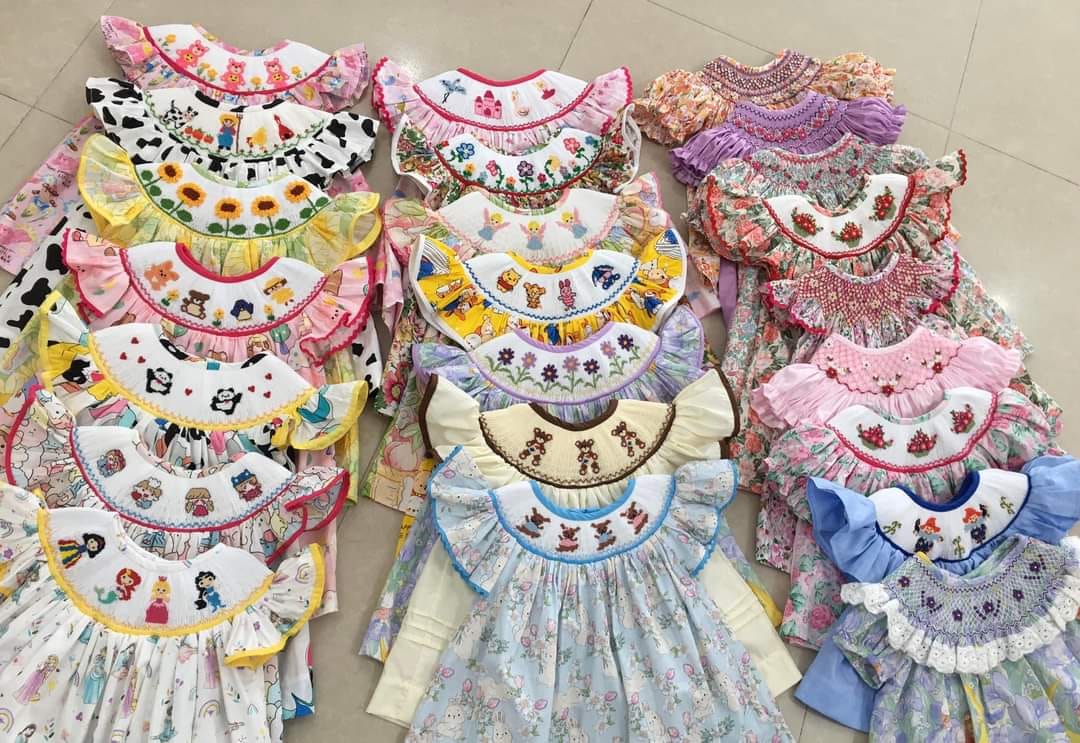
Read More: Types of Machine Embroidery: A Comprehensive Guide
2. Eight-Step Guide to starting a childrenswear retailer business
Step into the colorful and ever-evolving world of children’s fashion with this comprehensive eight-step guide, crafted to help you navigate the essentials of creating and growing a thriving kids’ clothing brand. Let’s turn your creative vision into a successful business reality!
2.1. Studying the Trends
In the fast-moving world of fashion, keeping up with trends is essential — especially in children’s wear, where styles are often shaped by pop culture, entertainment, and modern parenting values. Staying informed ensures your designs remain fresh, appealing, and aligned with the expectations of both kids and parents. By following trends, your brand can continuously meet market demands and maintain relevance.
Key tools and sources for tracking kids’ fashion trends:
- Fashion magazines and blogs: Publications like Vogue Kids and specialized children’s fashion blogs highlight the latest colors, patterns, and silhouettes.
- Trade shows and fashion events: Major events such as Pitti Bimbo in Italy or Playtime Trade Show showcase upcoming collections from global kids’ brands.
- Social media platforms: Instagram and Pinterest are powerful for spotting trends, with influencers, parenting bloggers, and kids’ fashion brands posting real-time style inspiration.
- Market research reports: Companies like Mintel and NPD Group provide valuable insights into where children’s fashion is heading.
2.2. Defining Your Target Audience
Identifying your ideal customer is the foundation of any children’s clothing business. Each age group has unique preferences and needs:
- Infants: Focus on ultra-soft, breathable fabrics and designs that are gentle on sensitive skin.
- Toddlers: Prioritize comfort and durability as they begin to explore the world actively.
- Preschoolers: Kids at this stage develop personal tastes — often drawn to colors, characters, or playful themes.
- Older children: They lean toward trendy and mature designs, influenced by peers and social media.
Understanding parents’ buying habits:
Parents are key decision-makers, especially for younger kids. As a brand owner, it’s important to understand what drives their purchases:
- Safety and comfort: Parents favor clothing that’s non-irritating, easy to wear, and free from small, detachable parts.
- Affordability and value: Since children outgrow clothes quickly, parents seek high-quality yet cost-effective options.
- Durability and versatility: Outfits that survive rough play, match easily, and can be handed down are highly desirable.
- Ethical production: More parents are supporting sustainable and ethically produced kids’ clothing brands.
2.3. Building a Strong Brand Identity
A memorable brand is more than just a name — it’s the story and emotion behind your products.
Choosing the right brand name:
- Relevance: Pick a name that reflects the world of children’s fashion.
- Simplicity: Keep it easy to say, spell, and remember.
- Uniqueness: Make sure your name stands out and isn’t too similar to competitors.
- Digital presence: Confirm that a matching website domain and social handles are available.
Creating a compelling brand story:
A strong narrative helps your audience connect with your brand emotionally:
- Origin: Share what inspired you to start your kids’ fashion line.
- Mission: Clarify your brand’s purpose — whether it’s promoting sustainability or celebrating cultural diversity.
- Engagement: Incorporate real customer stories or testimonials to make your brand relatable and trustworthy.
Designing your logo and brand visuals:
Visual identity builds recognition and trust:
- Simplicity: The best logos are timeless and easy to recognize — think Nike or Apple.
- Versatility: Your logo should look great on tags, packaging, and digital media.
- Consistency: Use the same colors, fonts, and styles across all materials to create a cohesive brand image.
- Professional design: Investing in a skilled designer can elevate your brand’s credibility and long-term impact.
2.4. Safety First: Meeting Standards and Regulations
Starting a baby clothing business can be profitable, but it also comes with serious responsibilities — especially when it comes to child safety. Every design decision must prioritize the well-being of the little ones who will wear your clothes.
- Avoiding hazards: Small items such as buttons, snaps, or beads can pose choking risks, so they must be securely attached or avoided altogether. Additionally, fabrics should be non-flammable, hypoallergenic, and free from toxic chemicals or dyes.
- Building trust: Safety isn’t just a regulatory requirement — it’s the foundation for earning parents’ trust. By ensuring your products are safe, you’re not only protecting children but also strengthening your brand’s reputation in the eyes of your customers.
Key safety standards for children’s clothing:
- Flammability standards: Fabrics should resist ignition and burn slowly to prevent injury.
- Lead content limits: Any printed or dyed materials must meet strict guidelines to ensure no toxic levels of lead are present.
- Choking hazard regulations: Buttons, snaps, or decorative pieces must comply with safety size and attachment standards.
- Chemical restrictions: The use of harmful dyes, flame retardants, or fabric treatments is strictly limited to ensure product safety.
By prioritizing safety and following international regulations, your brand not only reduces legal risks but also demonstrates a genuine commitment to protecting children — a value that resonates deeply with parents.
2.5. Seeking Design Inspiration
Designing children’s clothing is both creative and strategic, blending playful imagination with functional design.
- From the child’s point of view: Kids love bright colors, fun prints, and clothes that reflect their personalities — from animal patterns to superhero themes. Your goal is to create pieces that bring joy and comfort in equal measure.
- Focus on comfort: Children move constantly, so soft, stretchable, and breathable fabrics are essential. Designs should allow for easy movement and quick dressing — think elastic waistbands, adjustable straps, and smooth seams.
- Practical functionality: Incorporate elements that make dressing easier for both parents and kids, such as easy zippers, durable stitching, and stain-resistant materials.
Creative tools to inspire your collection:
- Mood boards: Collect visuals that inspire you — photos, textures, color samples, and sketches — to define your brand’s creative direction.
- Color palettes: Kids are drawn to bold, happy hues, though gentle pastels and minimalist tones can also appeal to modern parents. Tools like Adobe Color or Canva can help you curate cohesive color schemes.
- Sketching: Bring your ideas to life by sketching various silhouettes and patterns. These early drafts are crucial for refining your vision and translating imagination into reality.
In short, children’s fashion thrives on the balance between creativity, comfort, and care. The best designs are those that capture a child’s spirit while ensuring practicality and safety every step of the way.
2.6. Material Matters: Making Smart Choices
Choosing the right fabric for children’s clothing requires both creativity and careful consideration. The materials you select directly impact comfort, durability, and sustainability — all crucial factors for parents and kids alike.
Cotton:
- Pros: Soft, breathable, and gentle on sensitive skin, making it ideal for daily wear. It’s also hypoallergenic and durable enough to withstand frequent washing.
- Cons: Cotton can shrink after multiple washes, and non-organic cotton isn’t always environmentally sustainable. Opting for organic cotton is a better choice for eco-conscious brands.
Polyester:
- Pros: Extremely durable, wrinkle-resistant, and maintains color well over time. It’s great for active kids who need clothes that can endure playtime.
- Cons: Polyester is less breathable, can cause discomfort in hot climates, and may irritate sensitive skin.
Bamboo:
- Pros: Naturally sustainable, soft, and hypoallergenic. It’s also antimicrobial, keeping clothes fresher for longer.
- Cons: Some chemical processes used to convert bamboo into fabric can be harmful to the environment, so choose responsibly sourced bamboo materials.
With the expansion of online shopping, offering a versatile and appealing product range is essential. Popular items from K-Embroidery’s catalog include personalized baby rompers, embroidered t-shirts, and matching family outfits — all made on demand with no minimum order requirements.
Maintaining a balance between timeless bestsellers and new, trend-driven designs allows your shop to cater to a wide audience while staying current in the fast-paced children’s fashion market.
2.7. Pricing Strategies for Success
Setting the right price is key to standing out while staying profitable. Start by understanding your market position and customer expectations.
- Research competitors: Study similar brands and manufacturers to gauge industry pricing standards. This helps you identify where your brand fits in the market.
- Highlight your USP (Unique Selling Proposition): If your products feature better quality, unique designs, or handmade details, you can confidently price them slightly higher.
- Market segmentation: Determine which customer segment — luxury, mid-range, or budget — your products appeal to and price accordingly.
Encouraging loyalty and repeat purchases:
- Limited-time discounts: Offer special promotions or seasonal sales to attract new customers.
- Loyalty programs: Reward repeat buyers with points or perks for continued engagement.
- Exclusive offers: Provide personalized deals or early access to new collections for returning customers to strengthen brand loyalty.
A thoughtful pricing strategy doesn’t just drive sales — it builds long-term trust and repeat business.
2.8. Effective Marketing Tactics for Your Clothing Line
To thrive in the competitive children’s fashion industry, visibility is key. Parents — especially new ones — often look for trusted brands through online recommendations and social communities.
Leverage social media platforms:
- Facebook & Instagram: Regularly post engaging photos, stories, and ads showcasing your latest collections.
- Pinterest: A favorite destination for parents seeking outfit ideas and themes. Well-curated pins can drive strong traffic to your store.
Collaborate with influencers and parenting bloggers:
- Product reviews: Sending free samples to trusted influencers for authentic reviews increases credibility and exposure.
- Giveaways: Hosting joint giveaways with family or mom-focused influencers can rapidly expand your audience.
- Guest blogging: Writing or contributing articles on parenting or fashion blogs establishes your brand as a knowledgeable and trusted source.
Engage in real-world marketing:
- Pop-up shops: Set up short-term booths in malls or local markets to let customers see and feel your products firsthand.
- Fashion events: Participate in kids’ fashion weeks or exhibitions to showcase your line to buyers and media.
- Community fairs: Attend school or neighborhood events to connect directly with parents in your target demographic.
A comprehensive marketing plan — blending digital visibility with real-world interaction — ensures your children’s clothing line reaches the right audience, builds brand trust, and leaves a lasting impression.
3. FAQs
3.1. Is selling clothes a good way to make money?
Selling clothes can be a profitable way to make money, but success depends on various factors such as market demand, competition, pricing, and marketing strategies.
3.2. What clothing is most profitable?
The profitability of clothing depends on trends, seasons, and target customers. Generally, items like athleisure wear, women’s clothing, and children’s clothing tend to be more profitable. However, it’s essential to research and analyze the specific market and consumer preferences to identify the most profitable clothing niche.
3.3. What brand sells the most clothes?
Nike has maintained its position as the most valuable apparel brand globally for seven consecutive years, as per the Brand Finance Apparel 50 2021 report. Nike’s success is attributed to its sponsorship of renowned athletes and sports teams, along with its iconic slogans like “Just Do It” and recognizable Swoosh logo.
4. Conclusion
In summary, starting a childrenswear retailer business involves spending a lot of money at the beginning, but it has the potential to make a lot of money in the long run. After reading this blog post, entrepreneurs have more knowledge to plan their budget and make a business plan that includes all the costs.

